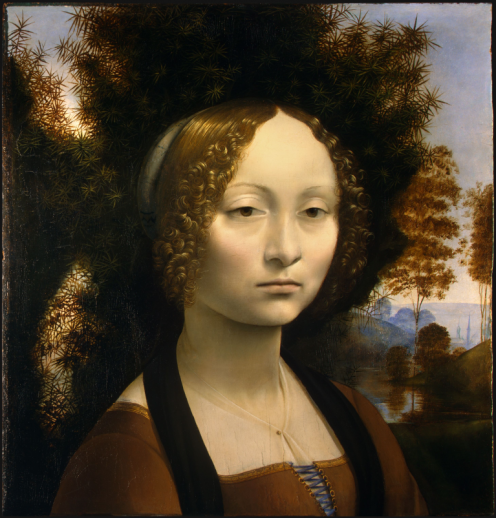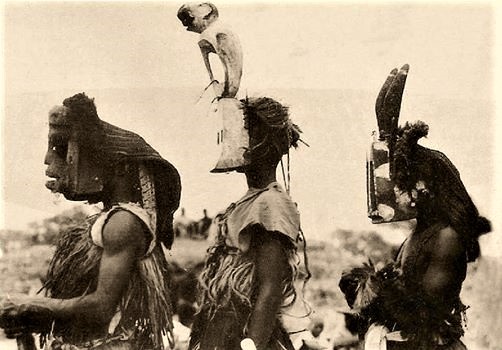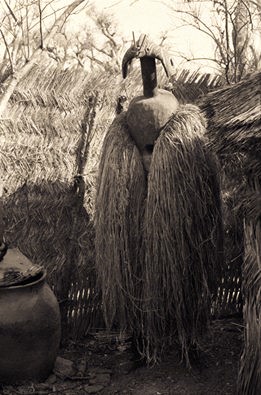Precisely two hundred years ago, back in 1817, a young French official published a book whose title was emblematic: Rome, Naples et Florence.
In his diary, Marie-Henry Beyle, who later will be known with his pseudonym, Stendhal, recounts us a curious episode that happened to him while visiting the Santa Croce Basilica in Florence, where he was struck so badly by a crisis to the point that he had to run off in order to recover from the dizzying sensation that the place had instilled in his soul.
A strange unease, a mixture of nausea, palpitations and dizziness, accompanied by a slight sense of stupor… in conclusion, that very psychosomatic pathology that, from that moment on, will be known as Stendhal Syndrome, arisen from the encounter between art and beauty.
Surely the great French writer, despite his love for Italy and its artistic treasures, didn’t know that, centuries before, the visionary genius Leonardo da Vinci wrote on a scroll (concerning a veiled artwork) the following words, addressed towards a potential admirer:
“Non iscoprire se libertà / t’è cara ché’l volto mio / è charciere d’amore ”
Back in that time it was the custom to veil some paintings only to unveil them during some religious holidays; however the warning the artwork addresses towards the viewer is peremptory, enlightening and magnificent: don’t look at me, if you aim to take care of your freedom!

Leonardo Da Vinci, Ritratto di Ginevra De Benci, 1474 circa, Washington National Gallery of Art.
Is it us, the observers, looking at the images, or are the images looking at us, as Paul Klee wrote in 1924, constantly reminding us of their autonomous statute, such active and powerful?
This is certainly not the place for an historical and critic reconstruction of the theory and the meaning of the images – a history which is the centre of the western thought from Platone to Hegel, and from Kant to Adorno and Lacan and so on until the present day – but what we need to clarify, before we go on with our discourse, is that when we use the word “images” we mean exactly what in the XV century Leon Battista Alberti meant, that is to say the human re-interpretation of nature.
Therefore this work will not include all those natural images, like the ones drawn – for instance – by the clouds or born from a tangle of leaves and branches, who haven’t known the slightest presence of human intervention – the so-called “archerotype images”.
The active power of such images takes the form of an actual iconic act, whose noble definition has been given by Horst Bredekamp (2010): “the iconic act consist in identifying the force that gives the image the impulse of jumping, through a visual or tactile fruition, from a state of latency to the exterior efficiency in the sphere of the perception, of the thought and of the behaviour. In this sense, the efficiency of the iconic act needs to be considered on the perceptive level of the thought, and the behaviour needs to be seen as something that arises both from the sheer force of the image and the interactive reaction of the one who looks, touches or listens to it”.
“You live and do me no harm”, Aby Warburg notes, as an aphorism, on the edge of a work
concerning the psychology of art he will never publish, grabbing the entire force of the iconic act, its tremendous efficacy over the individual ego, over the mind and over the behaviour.

Michel Leiris, Dogon masks, Mali, 1934
If the issue of the iconic act can be seen crossing western culture and philosophy, this very same theme is also the centre of that kind of art that, merely for a miserable convention, has been called tribal art.
And this is the purpose of this work: as I have already written before, what I want to do is to release the primitive imagination from every form of gratuitous attitude, blatant intolerance and hostile prejudice that, too often, characterize the considerations of otherwise valuable intellectuals, reluctant to pay the same respects to non-occidental cultures.
![]()
Bamana People, Kònò mask
The tribal art, and the images of the tribal art, are surrounded by the same iconic statute that surrounds the images we can find in Western tradition, a statute which is equally meaningful and, often, as we will see later, more powerful and vital – bonded as they are to the world of the invisible and the sacred.
If Western religious images are, in fact, to be largely considered as the iconic representation of the divine, the tribal ones are the divine itself – especially in the way the bound they share with the forces of the invisible elevates them to the status of sacred objects, powerful intermediaries between human transience and nature, everyday life, and the primeval forces of the unknown.

Mumuye Sukuru Zinna, Middle Benue Nigeria. Photography by Arnold Rubin 1970
I have already discussed the image/imaginary issue before, https://artidellemaninere.com/2015/01/13/immagineimmaginario/, however in that case my primary intention was to value and to define the relationship which occurs between an object and its photographic representation.
This is the first part of a work I’d like to continue in a series of future articles. The theme is the definition of the autonomous statute of the tribal iconic act, that is to say, an in-deep analysis of the theory of the primitive images, in the way they tend to manifest themselves as active players and not as complementary objects – exotic, bizarre and, in the end, unintelligible.
Elio Revera
Translated by Ilaria Pol Bodetto. Revised and edited by Deborah Dainese

Excellent work! Thanks for sharing!
"Mi piace""Mi piace"